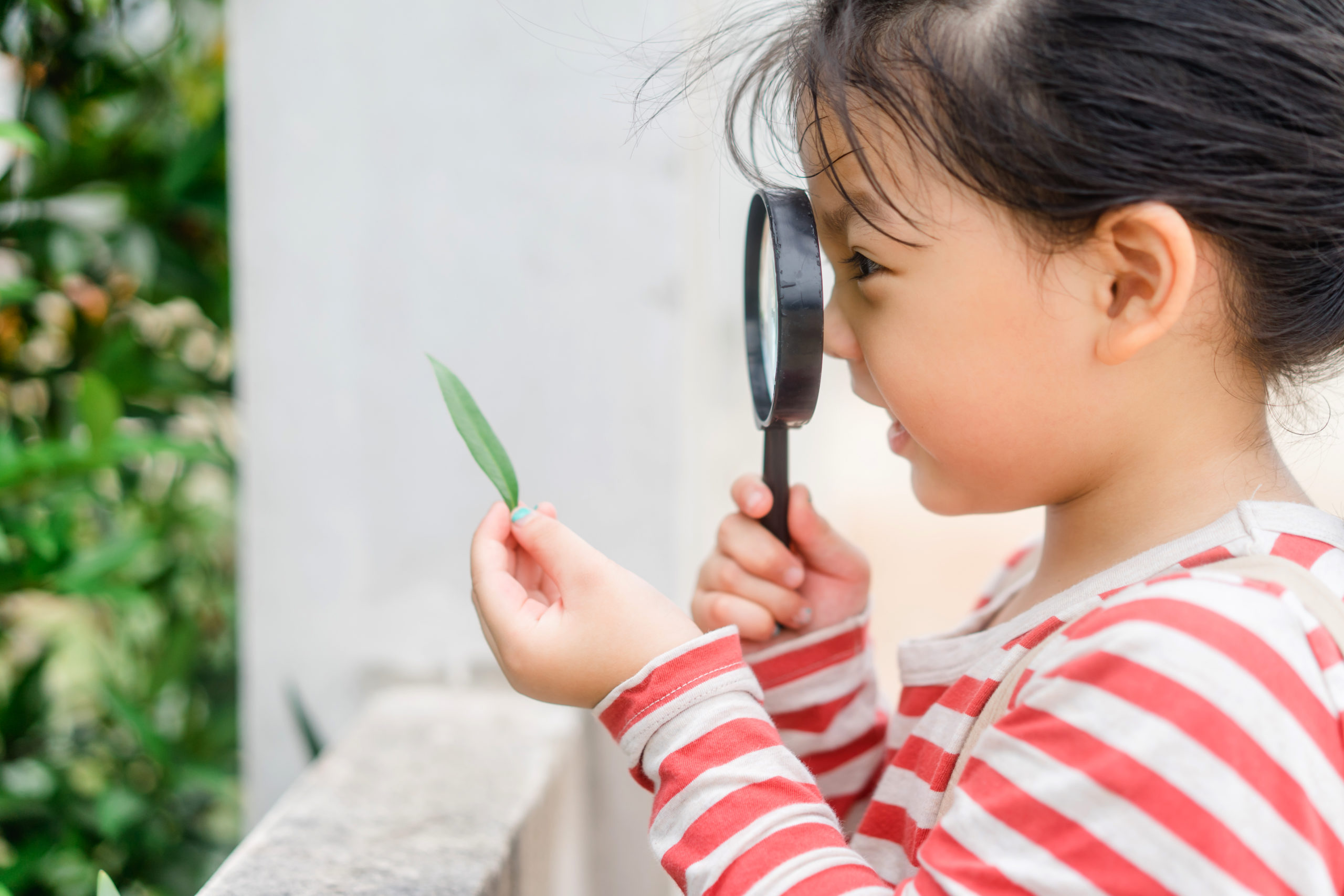
SNAP Science Explorers at Home: Dancing Cranberries
Welcome to SNAP (Special Needs and Autism-Friendly Programs) Science Explorers – At Home edition! Plano Public Library brings you an at-home version of a STEAM activity that you might see at our SNAP Science Explorers program. Keep reading for an introduction to the topic and activity as well as step-by-step instructions (with pictures).
Dancing Cranberries
Do you ever wonder why soda and other carbonated drinks fizz and bubble? Soda has a gas (a substance like air) inside it called carbon dioxide. Carbon dioxide is what makes soda fizz (hiss and bubble). What happens when you place an object like a raisin or cranberry into the carbonated drink? Do you think the carbon dioxide will cause a change in the object? Let’s try an experiment to see carbon dioxide in action!
Science concepts help develop your child’s critical thinking skills and introduce children to the creative process. This experiment focuses on an area of chemistry, the study of matter and the properties within it. Combining properties creates a chemical reaction, or the process of one or more substances changing into different substances.
Today we are going to conduct an experiment with soda and cranberries and create a chemical reaction.
Gather Your Supplies
- 1 clear cup
- 1/2 to 1/3 cup of soda, clear and carbonated
- 5-7 cranberries
Instructions

1. Have an adult help you pour soda into a clear cup until it is ½ or 2/3 full

2. Drop the cranberries into the soda

3. Observe (watch) the cranberries
Adults: Talk with your child about what they observe. Talk about the science behind the “Dancing Cranberries.”
Review
What happens to the cranberries when you first drop them into the water?
a) They melt
b) They sink to the bottom
c) They float onto the top
Wait a few seconds. Now what is happening to the cranberries?
a) They are melting
b) They are sinking
c) They are floating
Keep watching the cranberries until something new happens. Did something new happen to the cranberries? What happened?
a) They are breaking apart
b) They are sinking
Now, keep watching for something new to happen again. Is something new happening? What is it?
a) They are changing color
b) They are floating again
Do the cranberries seem to be dancing up and down? What do you observe (see) that might be causing the cranberries to react (behave) in a dancing motion?
When you dropped the cranberries into the soda, the cranberries sank because they are heavier than soda. After a few seconds, the cranberries began to float to the top. Did you notice bubbles sticking to the cranberries? These are carbon dioxide bubbles. Bubbles are lighter than soda. The bubbles sticking to the cranberries are what caused the cranberries to float!
After the cranberries float to the top, did you notice some of the bubbles began to disappear? Once the bubbles reached the top of the soda, they began to pop and escape into the air. This caused the cranberries to sink!
As the cranberries began to sink again, new bubbles began to stick to the cranberries and caused them to rise again.
Now that you know the science behind it, do you want to try the experiment again?
Explore More
Use our online catalog and online resources to learn more about this type (and others!) of science experiment. Here are some suggestions:

Soda Pop Science Projects: Experiments With Carbonated Soft Drinks
Incredible Experiments With Chemical Reactions and Mixtures




